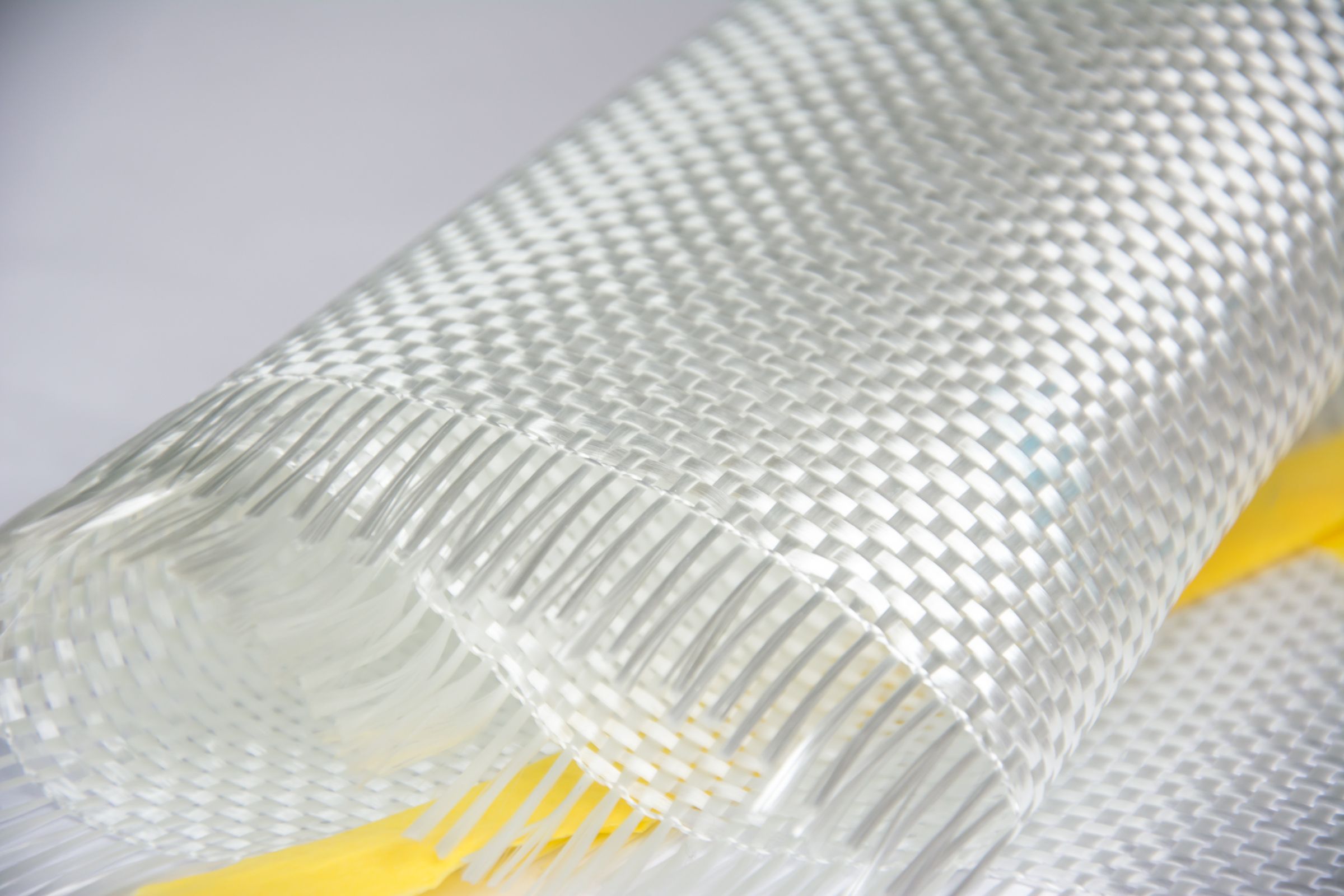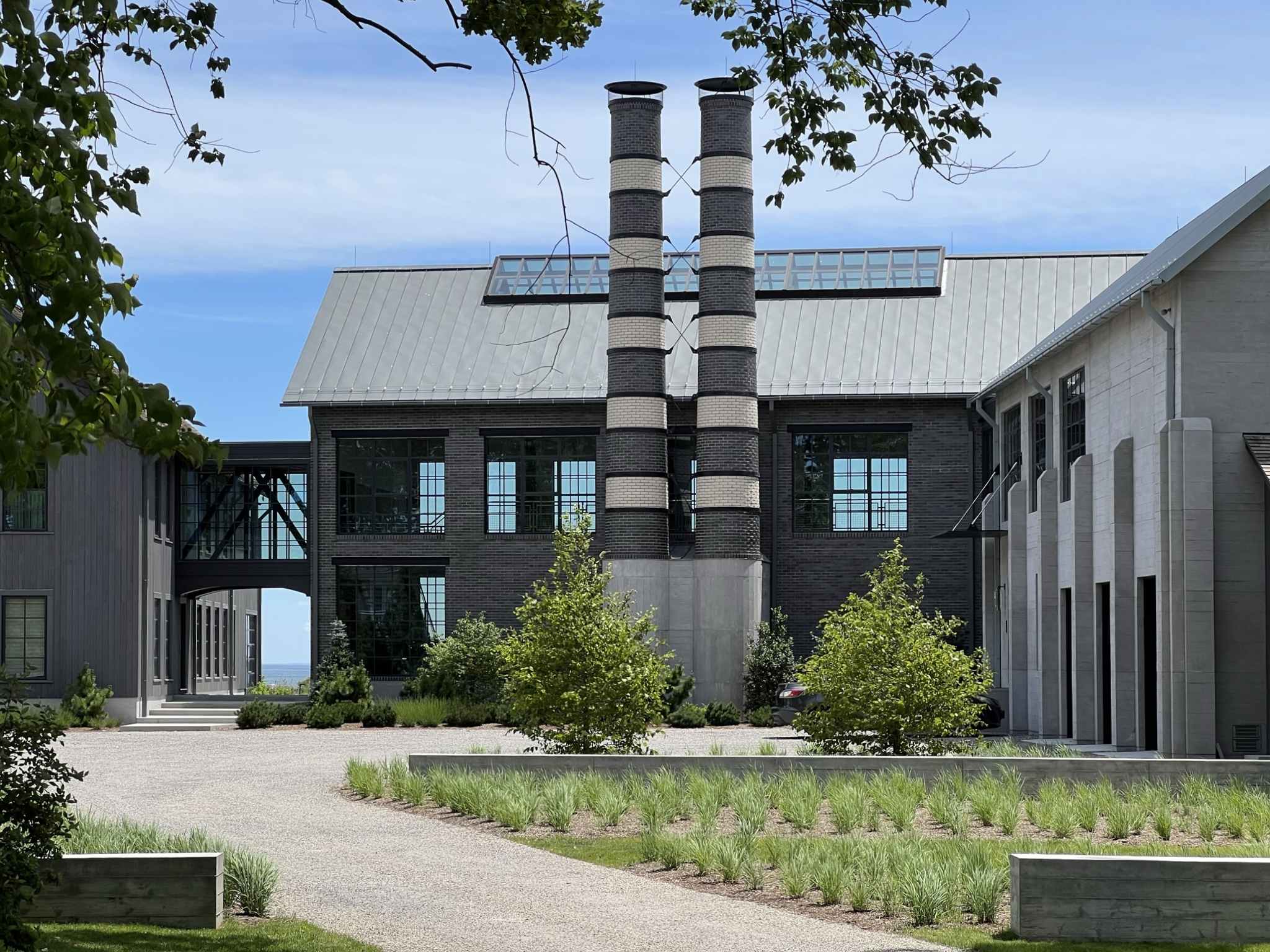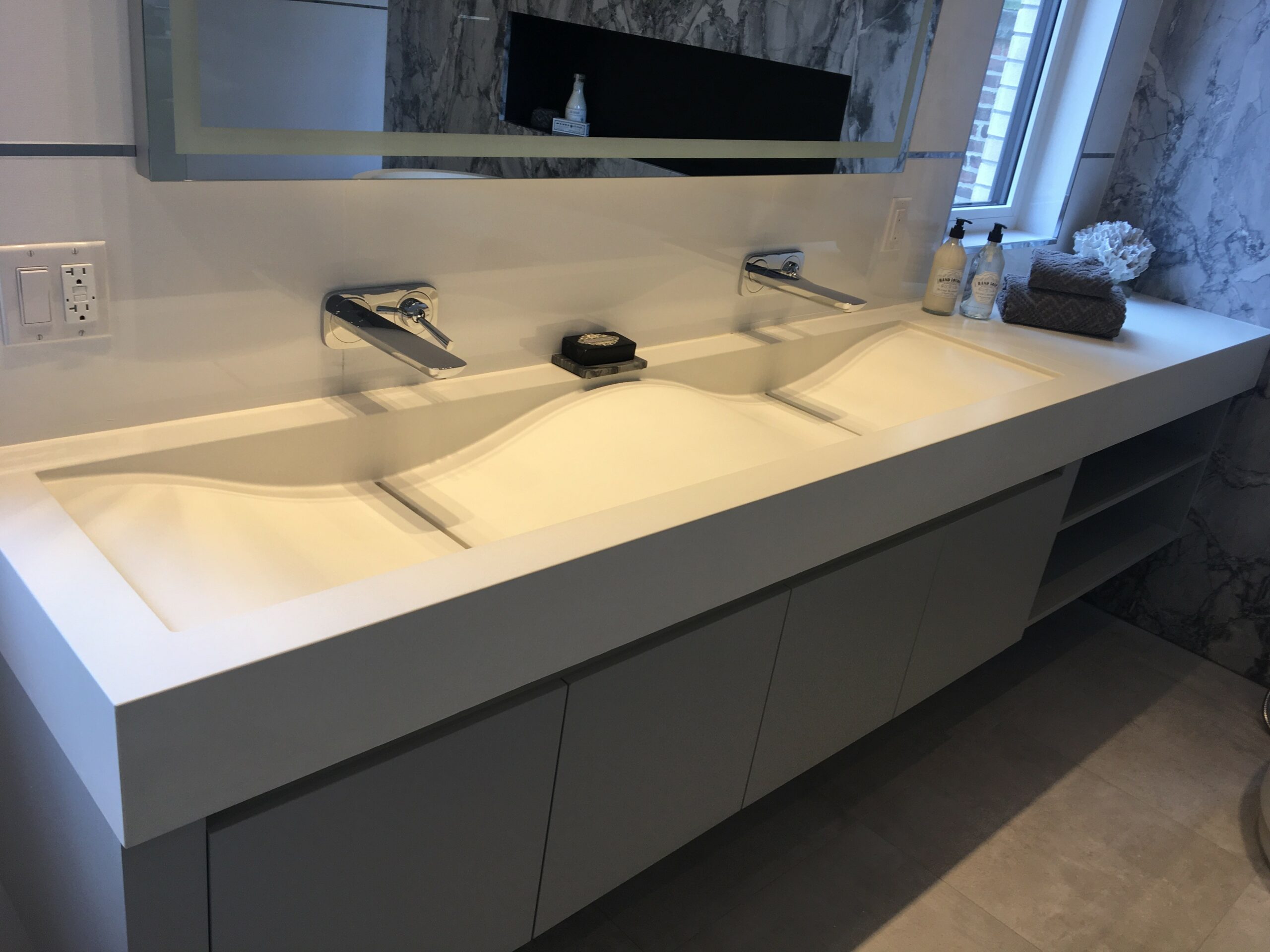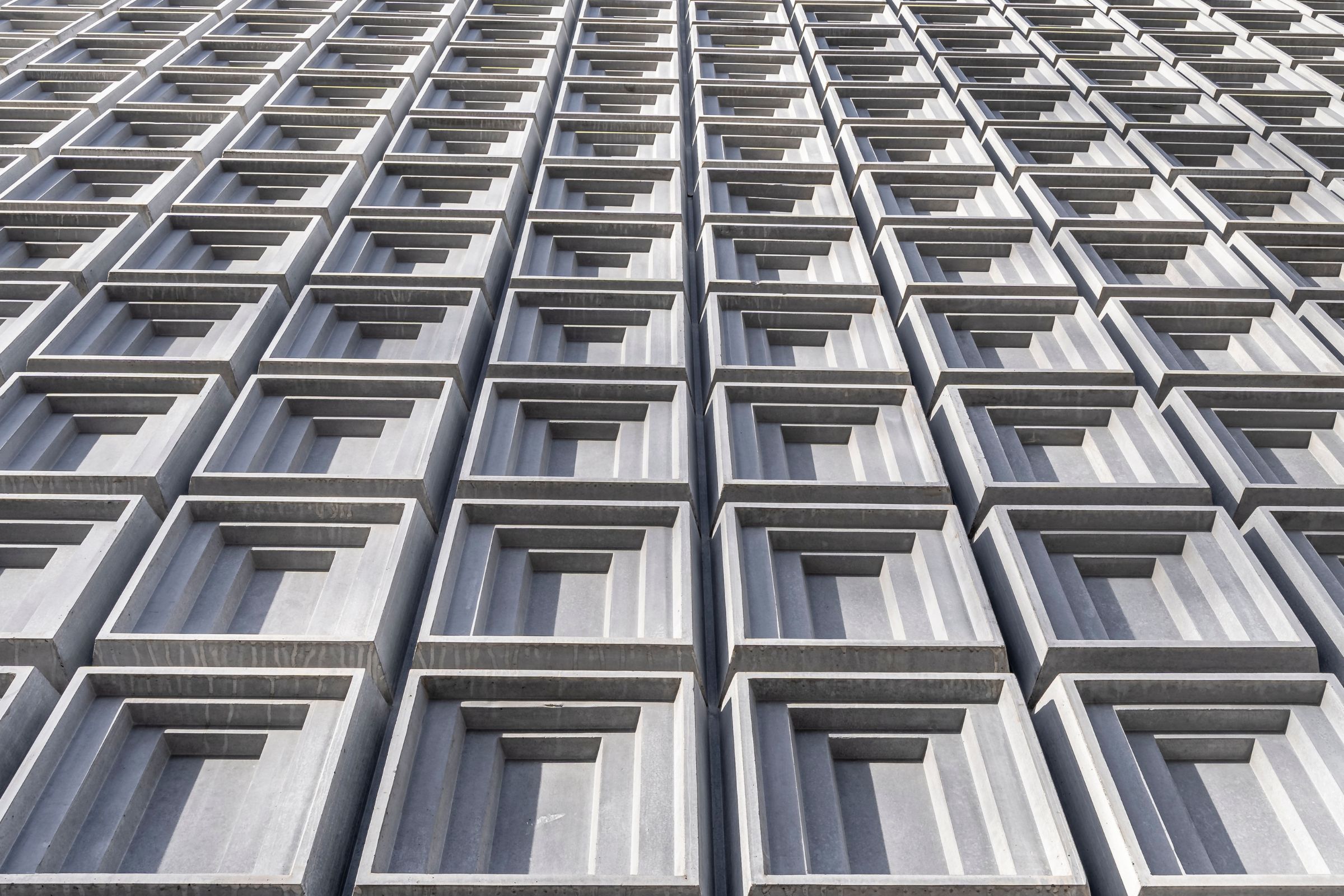In modern construction, fire safety is a critical consideration when selecting building materials, particularly for exterior wall surfaces and cladding…

Revolutionizing Sustainable Construction with GFRC
As the construction industry increasingly prioritizes sustainability, innovative materials like GFRC panels are taking center stage. Known for their exceptional strength and lightweight composition, these panels are reshaping how architects and builders approach modern design. Beyond aesthetics, GFRC offers unmatched environmental benefits, positioning itself as one of the most sought-after sustainable construction materials in today’s eco-conscious market.
What is GFRC?
Glass Fiber Reinforced Concrete (GFRC) is a composite material made by combining cement, sand, water, and alkali-resistant glass fibers. Unlike traditional concrete, GFRC does not require steel reinforcement, making it significantly lighter while maintaining impressive durability. Its flexibility and strength make it a versatile choice for intricate designs, durable architectural panels, and custom decorative elements.
Key characteristics of GFRC panels include:
- Lightweight: Easier to transport and install, reducing labor costs.
- Durability: Resistant to cracking and environmental wear, ensuring longevity.
- Versatility: Moldable into various shapes and sizes for customized designs.
Environmental Benefits of GFRC
1. Reduction in Raw Material Usage
Traditional concrete relies heavily on steel reinforcements and large quantities of cement. In contrast, GFRC minimizes the need for these materials by using glass fibers, reducing its carbon footprint. The result is a more efficient use of resources without compromising performance.
2. Energy-Efficient Production Process
The manufacturing process for GFRC panels is less energy-intensive compared to traditional concrete products. This makes it an ideal choice for projects focusing on eco-friendly concrete solutions, aligning with the goals of sustainable architecture.
3. Durability and Long Lifespan
The exceptional strength of durable lightweight concrete ensures that GFRC products maintain their integrity over time. This reduces the need for frequent replacements or repairs, lowering the overall environmental impact of a structure throughout its lifecycle.
Applications of GFRC in Modern Construction
The adaptability of GFRC panels has made them a favorite for both residential and commercial projects. Here’s how they are commonly used:
- Facades and Cladding: GFRC’s lightweight properties make it ideal for architectural facades, adding style without overloading structural systems.
- Decorative Elements: Intricate moldings, sculptures, and panels crafted from GFRC bring a touch of artistry to any project.
- Interior Features: Used in countertops, fireplace surrounds, and wall panels, GFRC enhances interiors with a sleek, modern aesthetic.
In urban environments like New York, the demand for durable lightweight concrete has soared, as designers look to create striking yet sustainable buildings. Concrete Works NY has been at the forefront of delivering innovative GFRC solutions for diverse architectural needs.
Paving the Way for Greener Building Practices
The versatility, durability, and eco-friendly nature of GFRC panels are undeniable. As a leader in providing sustainable construction materials, Concrete Works NY is proud to support projects that prioritize environmental stewardship while maintaining cutting-edge design. By choosing GFRC, architects and builders can embrace the future of construction—one that values both innovation and sustainability.
For projects that require the perfect blend of strength, beauty, and sustainability, consider the possibilities of GFRC with Concrete Works East. Let us help bring your vision to life while contributing to a greener tomorrow.



